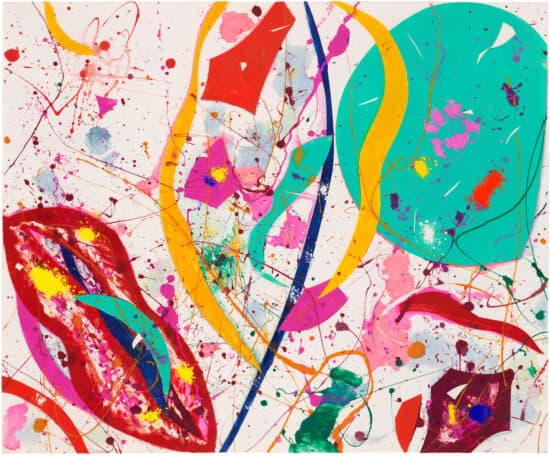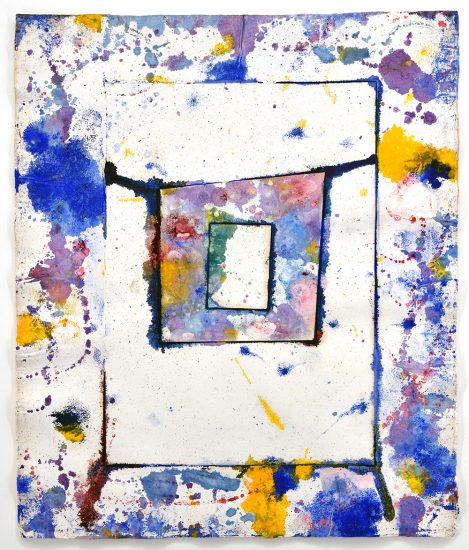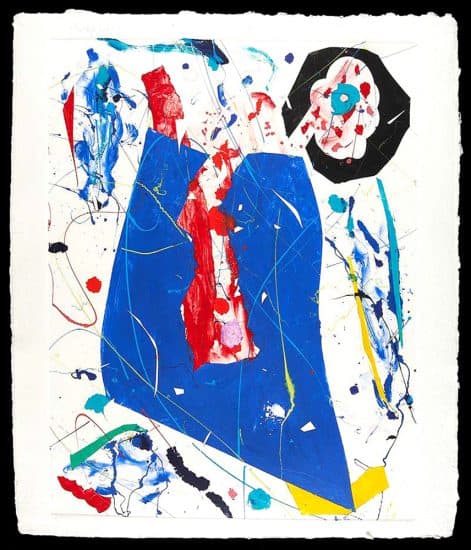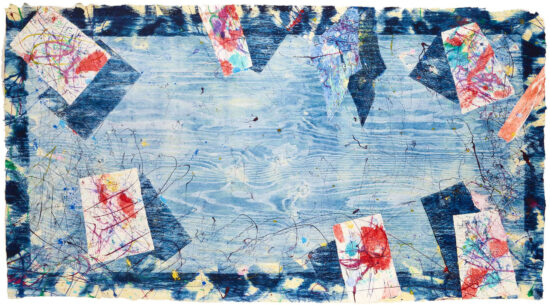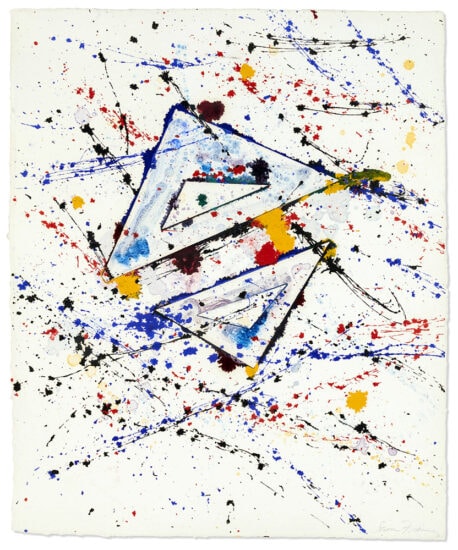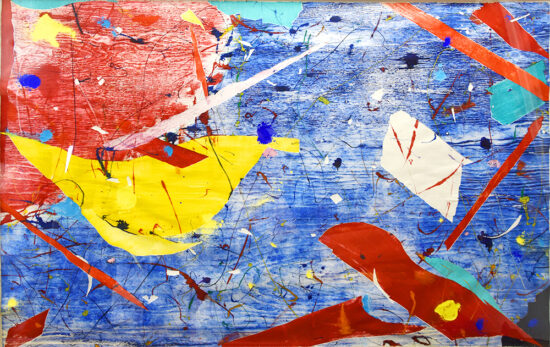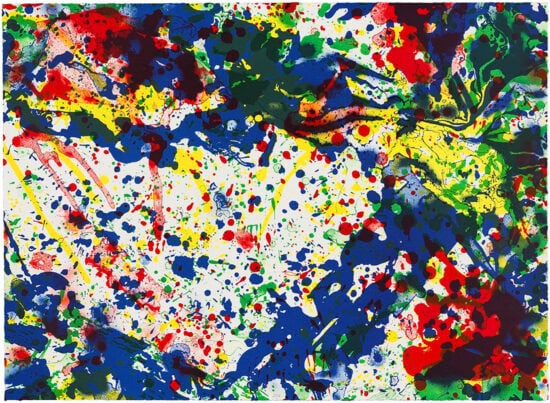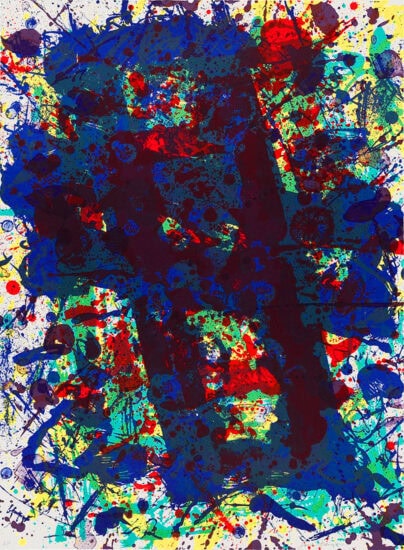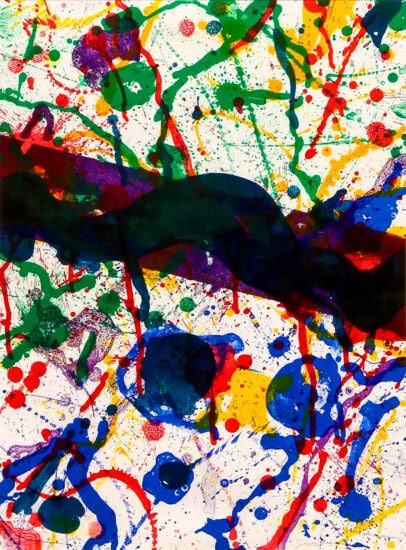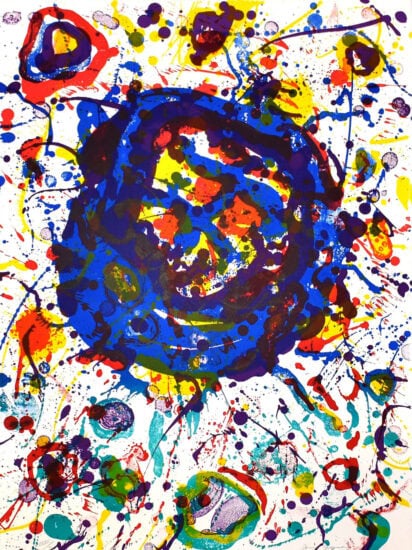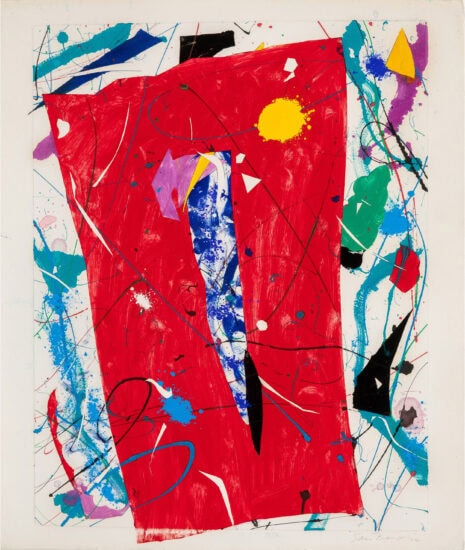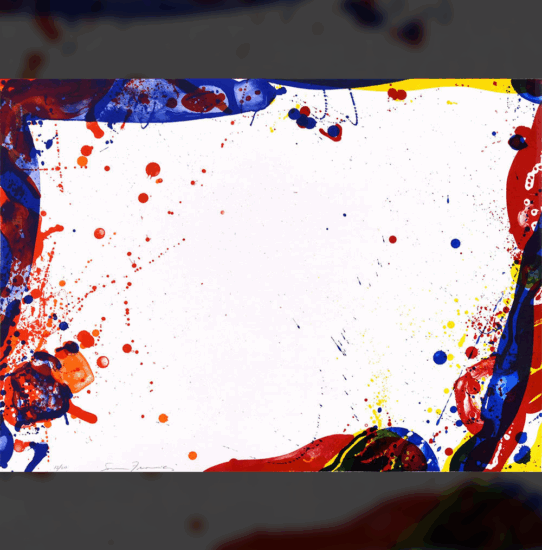Sam Francis, a prominent figure in the abstract expressionist movement, created numerous influential artworks throughout his career. Known for his vibrant use of color, exploration of space, and innovative techniques, Francis left a lasting impact on the art world. While it is challenging to narrow down his most famous artworks, several pieces stand out as representative of his style and artistic vision.
Francis initially began his artistic journey as a painter after being inspired by the works of Mark Rothko and Clyfford Still. He was particularly drawn to the spontaneous and expressive nature of abstract expressionism. However, Francis's artistic development was profoundly influenced by his experiences during World War II. While serving as a pilot in the U.S. Air Force, he was involved in a serious accident that left him hospitalized for several years. During his recovery, Francis began experimenting with painting, exploring themes of freedom, life, and spirituality.
One of Francis's most renowned artworks is his "Big Red" series, which he created in the late 1950s and early 1960s. These paintings feature large, bold expanses of red color, often contrasted with white or lighter tones. The "Big Red" series demonstrates Francis's ability to create a sense of depth and movement within a minimalist composition. These works convey a powerful energy and intensity, capturing the viewer's attention and inviting contemplation.

Another notable series by Francis is "Blue Balls," executed in the 1960s. These works showcase his fascination with the color blue and its symbolic associations. The "Blue Balls" series incorporates different shades of blue, ranging from deep cobalt to light azure. Francis's mastery of color gradients and the interplay between opaque and transparent layers creates a sense of luminosity and ethereality.
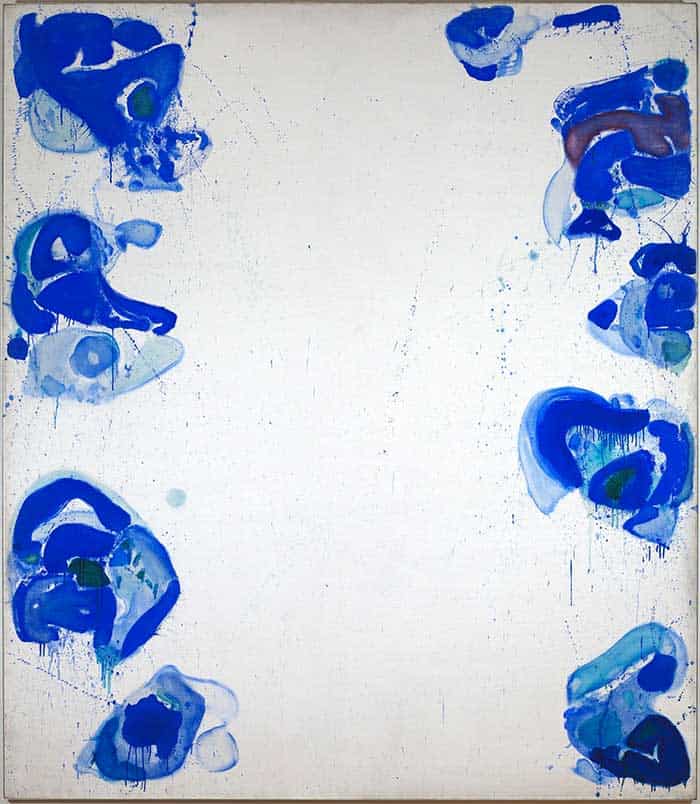
Francis also produced significant artworks in response to personal experiences and influences from his travels. His "Edge Paintings" series, which he developed in the 1960s, was inspired by his time in Paris. These paintings feature vibrant, intersecting bands of color that radiate outward from the canvas's edges. The "Edge Paintings" reflect Francis's interest in space and the relationship between color and form.
Furthermore, Francis's interest in Asian art and culture greatly influenced his artistic practice. His "Sumi" series, initiated in the 1970s, was inspired by Japanese calligraphy and the Zen aesthetic. These works incorporate delicate brushstrokes and a limited color palette, often emphasizing black ink on white or lightly colored backgrounds. The "Sumi" series embodies a sense of tranquility and the spontaneous beauty found in nature.
Throughout his career, Francis employed a variety of mediums to create his art, embracing both traditional and unconventional materials. He primarily worked with paint, but he also ventured into printmaking, drawing, and experimenting with different forms of media.
One of Francis's signature techniques was his innovative use of color and space. He developed a distinctive style characterized by large areas of vibrant, saturated colors, often juxtaposed with white spaces. His approach to color was influenced by his travels and experiences, particularly his exposure to Japanese art and culture. The influence of Japanese calligraphy and Zen Buddhism can be seen in his artworks, where he incorporated a sense of tranquility and simplicity.
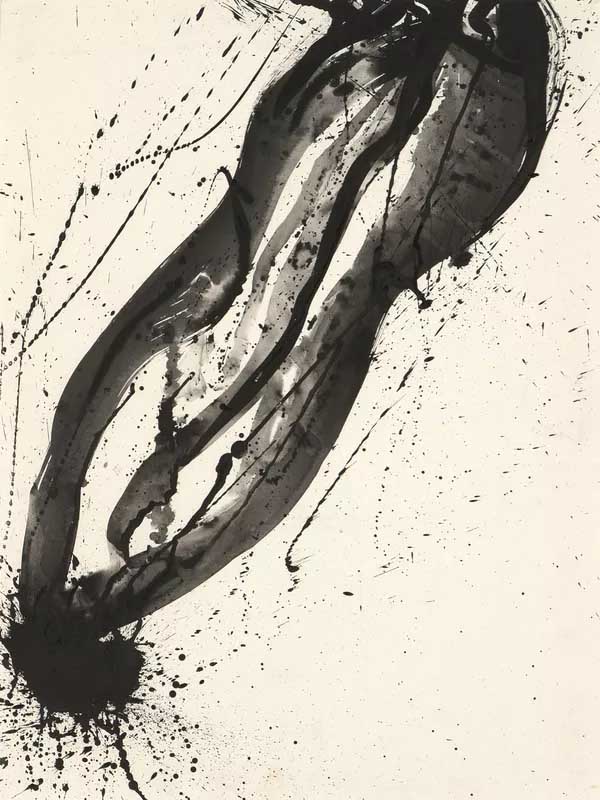
Francis's use of space was equally significant in his compositions. He employed large expanses of empty canvas, allowing the viewer's gaze to wander and creating a sense of openness. Within these open spaces, he applied his vibrant colors and energetic brushstrokes, resulting in a dynamic interplay between color and negative space.
The artist was also known for his experimentation with various painting techniques. He often utilized the "drip" technique, allowing paint to flow freely across the canvas, creating organic and unpredictable forms. This approach added an element of spontaneity to his works, capturing the essence of his emotions and experiences.
In addition to traditional painting techniques, Francis explored printmaking, particularly lithography and monotype. He collaborated with master printmakers to translate his artistic vision into the medium of print. These collaborations allowed him to further explore the interplay of color and form and to experiment with different textures and effects.
Throughout his career, Francis's artworks evolved and underwent various stylistic shifts. In the 1950s and 1960s, he predominantly focused on large-scale, colorful abstract paintings. In the following decades, his compositions became more nuanced and his brushwork more delicate. He incorporated elements of gestural abstraction and lyrical abstraction, further diversifying his artistic vocabulary.
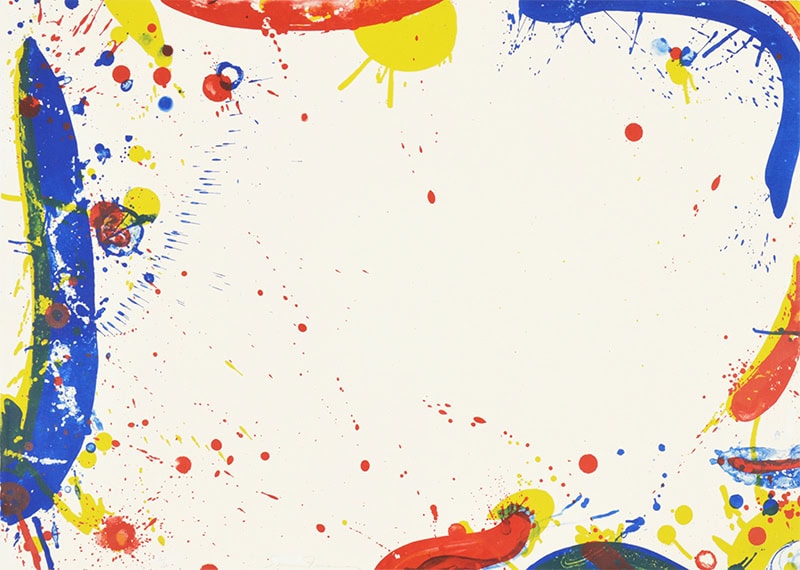
Sam Francis's contributions to the art world were substantial, and his use of color, space, and various mediums cemented his place as a prominent figure within abstract expressionism. His works can be found in major museums and galleries worldwide, and his innovative approach to painting continues to inspire artists and art enthusiasts alike.

